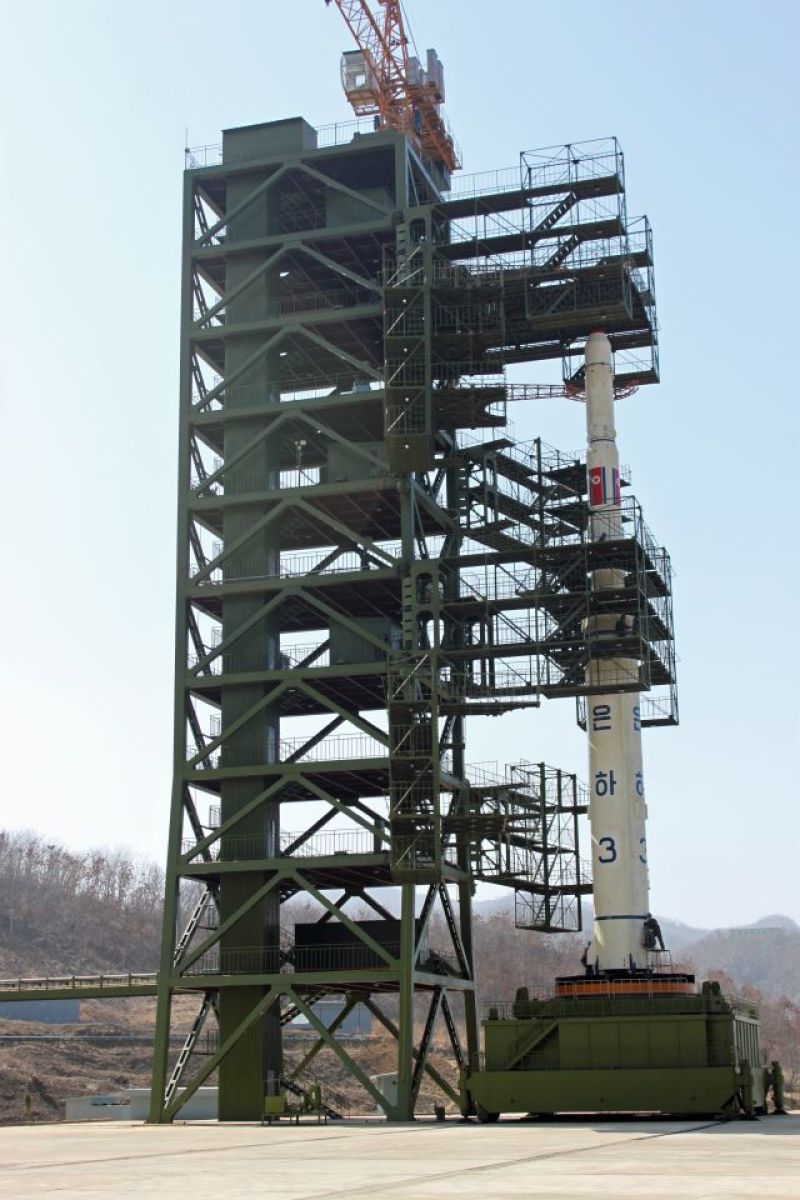

Yonhap News reported that the North Korea military (KPA) has started deploying mobile missile launchers for its most recent Scud class intercontinental ballistic missiles (ICBM). The report was first delivered by Admiral Samuel J. Locklear, III the commander of the United States Pacific Command (USPACOM).
In an interview with Bloomberg Government, Admiral Locklear delivered some information regarding North Korea's unconventional yet threatening military capabilities. Though the commander stated that the KPA will not be able to use these new systems as of now, for they are still under deployment, it will not be long before they will have full reign with these new missiles.
He added that their new ICBMs will be designed so they could be launched from pads that are mobile and can be fired from roads. The mobile missiles are of the KN-08 ("Hwaseong 13") class that are unlike the previous "Daepo" or "Nodong" missiles that could only be fired from fixed launch pads. Admiral Locklear noted that the development of this new system is growing into a new threat that is bringing about change to North Korean and U.S. political relationships.
The reason why mobile ICBMs are such a greater threat compared to more traditional ballistic missiles that are launched from fixed launch pads is that the former are much harder to detect and predict where they will come from. When North Korea test-fired its "Eunha" ballistic missile last year, a South Korean King Sejong Class destroyer detected it only 60 seconds after it was fired and kept track of its course until it landed in the East Sea. The mobile missiles will not be as easily found in such a manner. Admiral Locklear went far as to estimate that a U.S. preemptive strike may become impossible.
Experts from the U.S. Air Force explained that the KN-08 missile has a range of around 3420 miles. When completed, these new missiles could reach as far as Alaska. Other experts stated that within 10 years, North Korea will be able to target any part of the continental U.S.

Admiral Samuel J. Locklear, commander of the United States Pacific Command (USPACOM)
Admiral Locklear expressed some concern about the international community's current attitude regarding North Korean threats. Though this rogue state is constantly acquiring more and more deadly weapons that could devastate its enemies, the world is currently heavily focusing on the war against the Islamic State and terrorism. In fact, Yonhap reported that at the 67th United Nations General Assembly, U.S. President Barrack Obama did not even mention North Korea and put much more emphasis on ISIS.
In response to this new threat, South Korea began test-firing its own land-to-air missiles to prepare for any kind of North Korean preemptive strike. The U.S. has also agreed to assist Korea in developing its own missile defense system, similar to that which Israel used in its conflict with Hamas. However, it is estimated that North Korea already has around 500 missiles that could target any part of South Korea, and another 200 that could target any part of Japan.



















